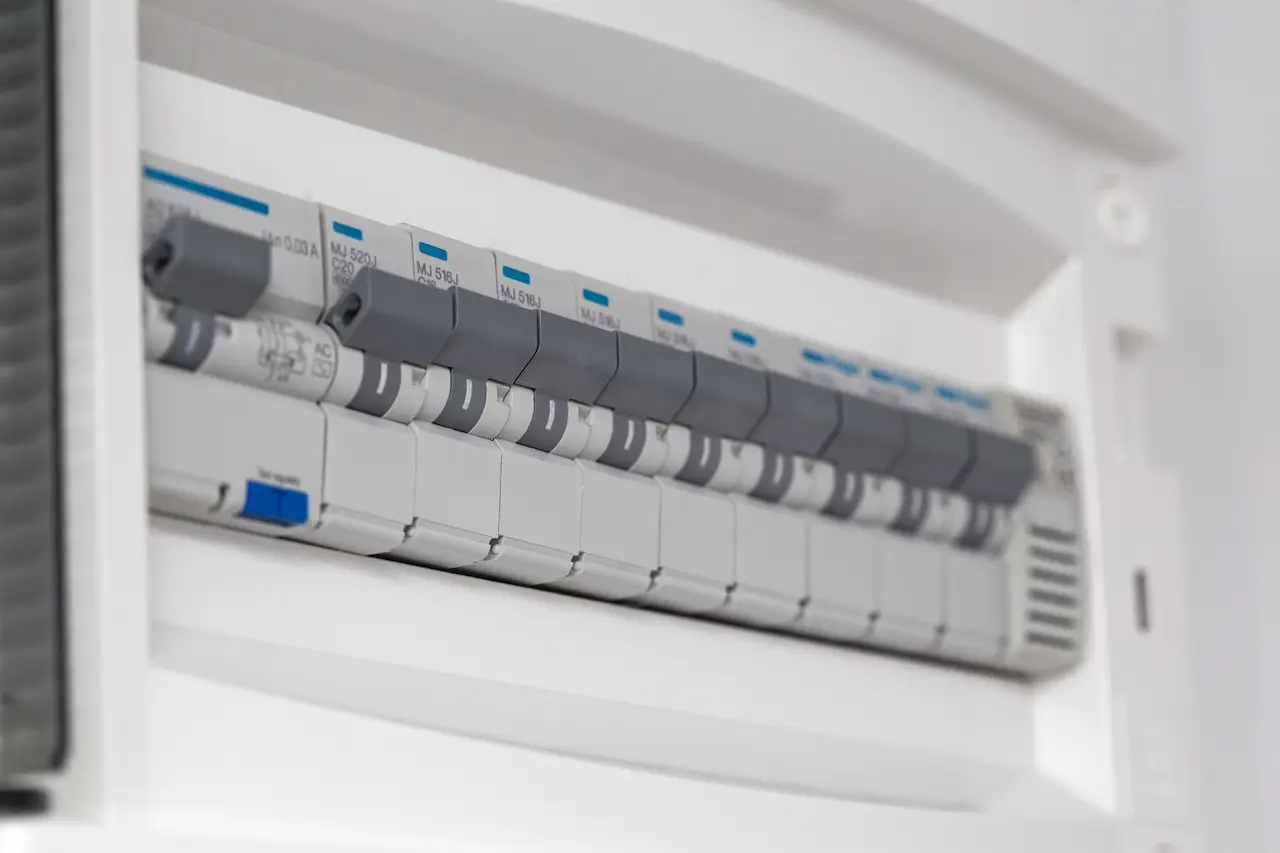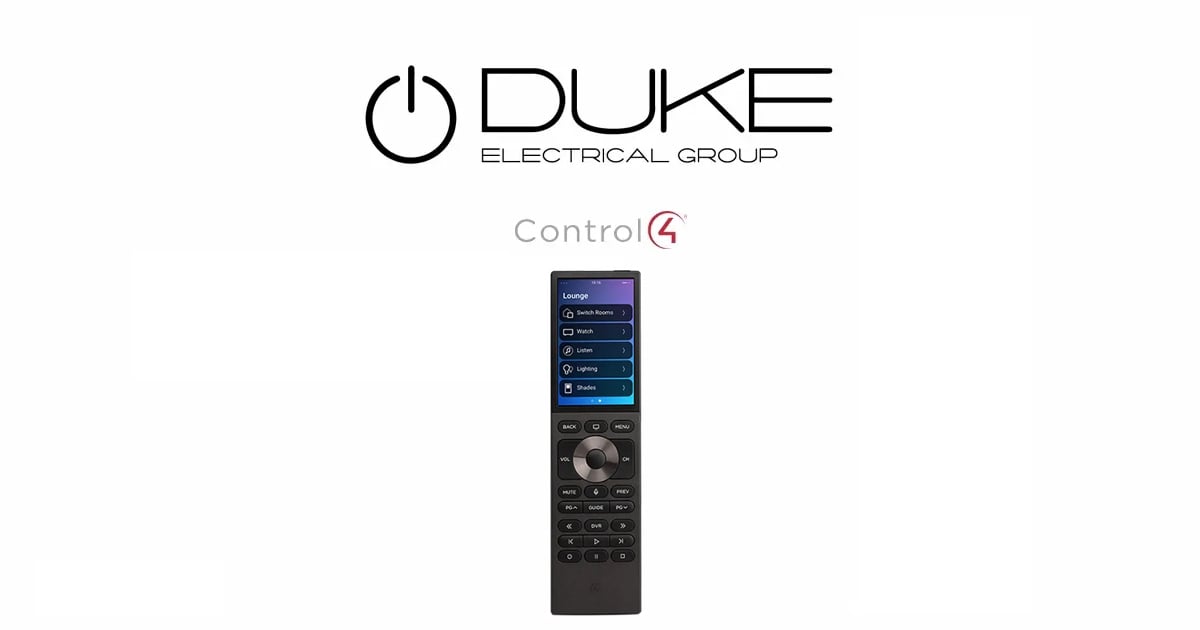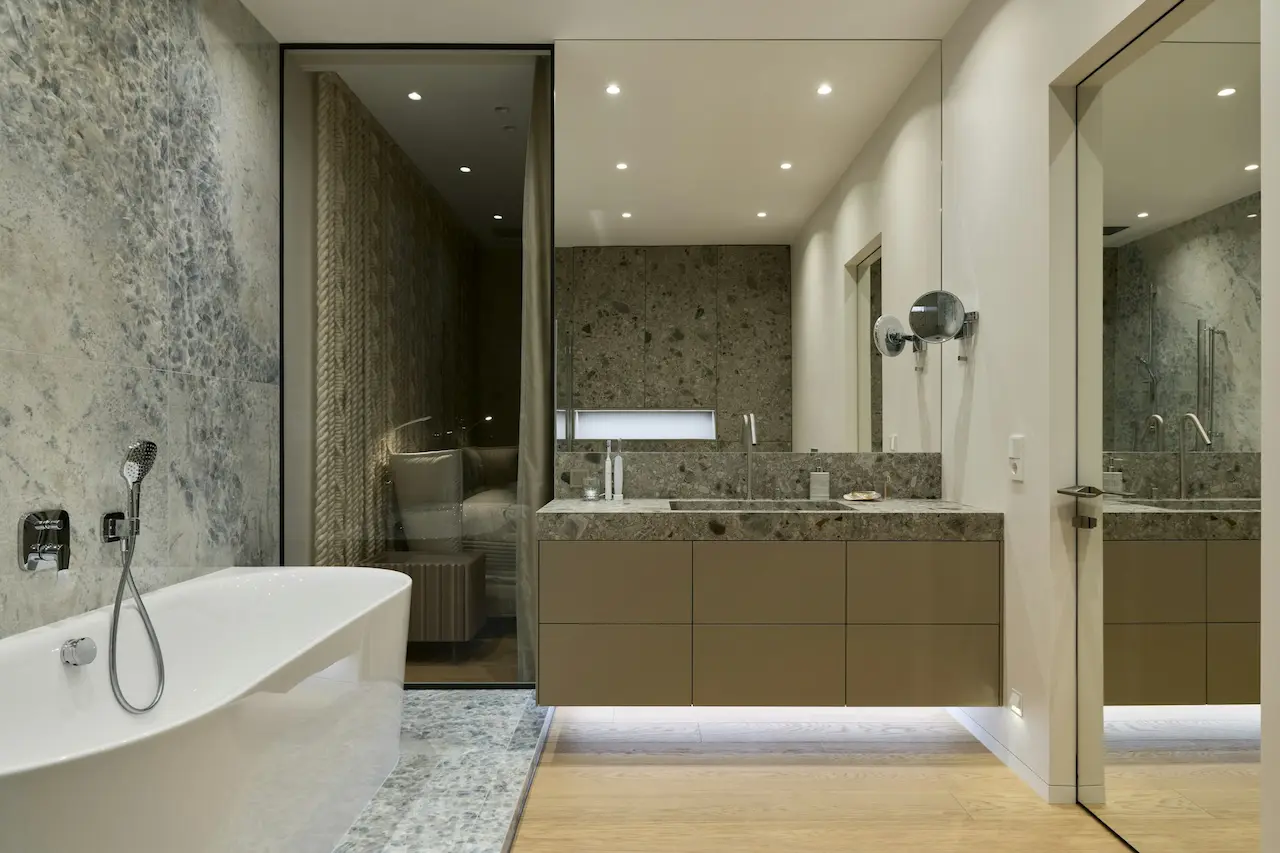Why We Need Safety Switches In Our Homes
Safety switches can save lives. Safety switches do and are saving lives. The good news is that more and more homes are being fitted with these devices.
The bad news is, only 60% of households have installed safety switches today. Almost none of those homes have safety switches installed on every circuit. 29% are only fitted to power outlets and 39% power and lighting circuits. This is an excellent way to start thinking about safety, but electrical problems can still happen on any circuit, including lighting, power outlets and hot water. To be fully protected, all homes should have four safety switches.
Most people think they’re protected against electrical injuries at home. However, 65% of houses are not fully protected with the safety switches that they’ve installed. It is clear that we have crossed some wires and need to change our way of thinking when it comes to electrical safety.
Table of Contents
Toggle
What Is A Safety Switch ?
A RCD, or “Residual Current device”, is also known as a Safety Switch. They are used to protect people against electric shocks. Fuse and circuit breakers do not provide the same level of safety. RCDs should be installed in all homes constructed between 1990 and the present day.
When a leaky circuit is detected (as if someone were to touch a wire), electricity will be cut off in a matter of seconds. Safety switches stop the electrical flow so quickly that a person does not even get a chance to be shocked.
The button on the safety switch is marked “test”. This helps you to differentiate it from circuit breakers, which are similar. Circuit breakers are installed in many homes, but they only provide protection against overloading or short circuits. This is a great start but it’s not enough to prevent electrocution.
Types Of Safety Switches
Four main safety switch types are available: * Meter Box Mounted – These switches are installed next to the circuit breakers on the distribution board. * Combination Safety Switches and Circuit Breakers – They protect electrical circuits, appliances and prevent shocks. * Mobile safety switches – These switches can be mounted to an extension cable or power board to protect appliances connected to it (i.e. There are two types of safety switches: * Safety switch for power point – This is ideal to protect appliances outdoors, where there are no meter boxes safety switches. *
The Statistics Prove We Need Safety Switches
Statistic proves the necessity of safety switches. *15 people die in home electrical accidents every year that could have been prevented if a safety switch was installed. *300 people go to hospital every year for serious burns and electrical injuries.
Electrical accidents can have many causes, ranging from a child sticking a knife into a toaster or a handyman drilling a hole through an active wire in a wall. Electrical accidents can also be caused by a frayed cable, a damaged plug or an appliance that is faulty. It only takes a small mistake for electricity to turn into our enemy.

How can we change our way of thinking?
Safety switches are required in all new homes, however only for power outlets and lighting circuits. Existing home legislation varies by state, and does not require safety switches to be installed on every household circuit.
Cost is one of the reasons for the relaxed rules, but what is the real price of a life? When they were first made mandatory, airbags and safety belts cost a lot. But they have saved many lives since then. The cost of airbags and seat belts has been included in the price of new cars, as well as safety switches.
It’s not like we are talking huge costs. Installing four safety switches would cost only $300 in a new house, which is hardly anything when you think about the advantages they offer! We need to change our mindset and introduce safety switches gradually. You could do this by:
Solar power is subsidised in the same way as investment property and residential sales.
Compensation for Low-Income Earners
The phased-in approach allows the homeowner to budget for retrofitting costs.
Every household should have safety switches to guarantee the security of their residents. You can’t put a value on a life. It’s about time that we started thinking of safety switches as a long-term investment and began to take advantage of their incredible benefits.
How Do They Work?
How does it work? Safety switches can switch power off in under 0.3 seconds when they detect changes in electrical circuits. Safety switches and circuit breakers are designed to protect from electric shocks. They protect against overloads, short circuits and other faults.
This switch continuously monitors the current.
- An entire building
- An individual circuit
- Equipment
The RCD cuts off power when a fault has been detected.
There are many reasons why your system may be in trouble. The most common ones include:
Short Circuit
Short circuits occur when electricity travels in a different direction than intended, and thus reaches its destination faster.
Ground Fault
When electricity enters through the conductor of a surface, it can cause a ground fault. Ground faults can be caused by worn insulation, dusty conductive surfaces, or water.
Circuit Overload
Circuits designed for electrical use are limited in their capacity. Overload occurs when you try to use more electricity than the circuit is designed to handle.
Types Of Safety Switches
Switchboard mounting
They are placed on selected circuits in the home, and they protect electrical appliances, extension cords, and circuits.
Portable Safety Switches
Portable safety switches provide essential protection for those who use power tools or other electrical appliances in areas where switchboards and power points safety switches do not exist.
Safety switches for Power Point
The power point switch is used to replace an existing powerpoint. The switches can protect the appliances, power cords and electrical wiring connected to the switch.
RCDs In The Workplace
A properly maintained and installed RCD can prevent workplace injuries and deaths. Contact us to find out the best RCD for you.
You can view the code of practice for Managing Electrical Risks at Work here.
FAQ
- Are RCDs the same thing as Circuit Breakers?
RCDs do not save lives, but they are there to protect you and prevent injury. Circuit breakers protect cabling and appliances against excess current.
- How many RCDs will I require?
RCD protection is recommended for all circuits.
- RCDs must be tested
Every three months, press the “test” button. Contact a qualified electrician to inspect the switch if this does not work.
- What is the best way to check if a safety device has already been installed in my home?
A RCD has a test button and a switch. If there’s no button then you probably have a circuit breakers installed.
Safety switches are a great way to improve safety. However, common sense and good electrical practice still apply. For all electrical jobs, always use an electrician who is qualified.
DUKE Electrical Group can assist with your residential and commercial requirements. We are dedicated to providing a reliable, honest and high quality solutions.
Wanting an electrical safety switch installed? Read more: Safety Switch Installation Services Melbourne
The team at DUKE Electrical Group are experts in keeping your home and family safe. Speak to our team today and ask how we can help.


